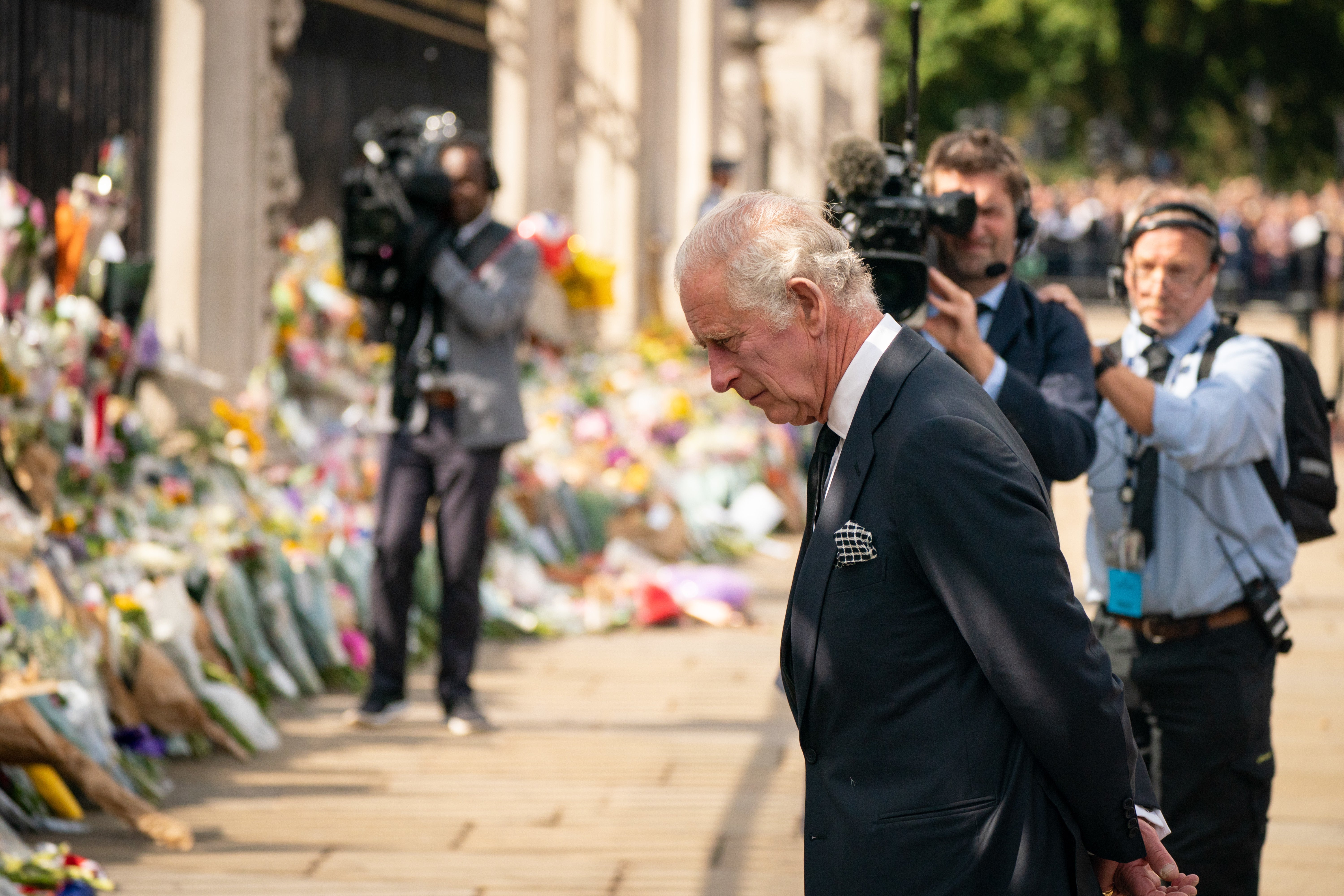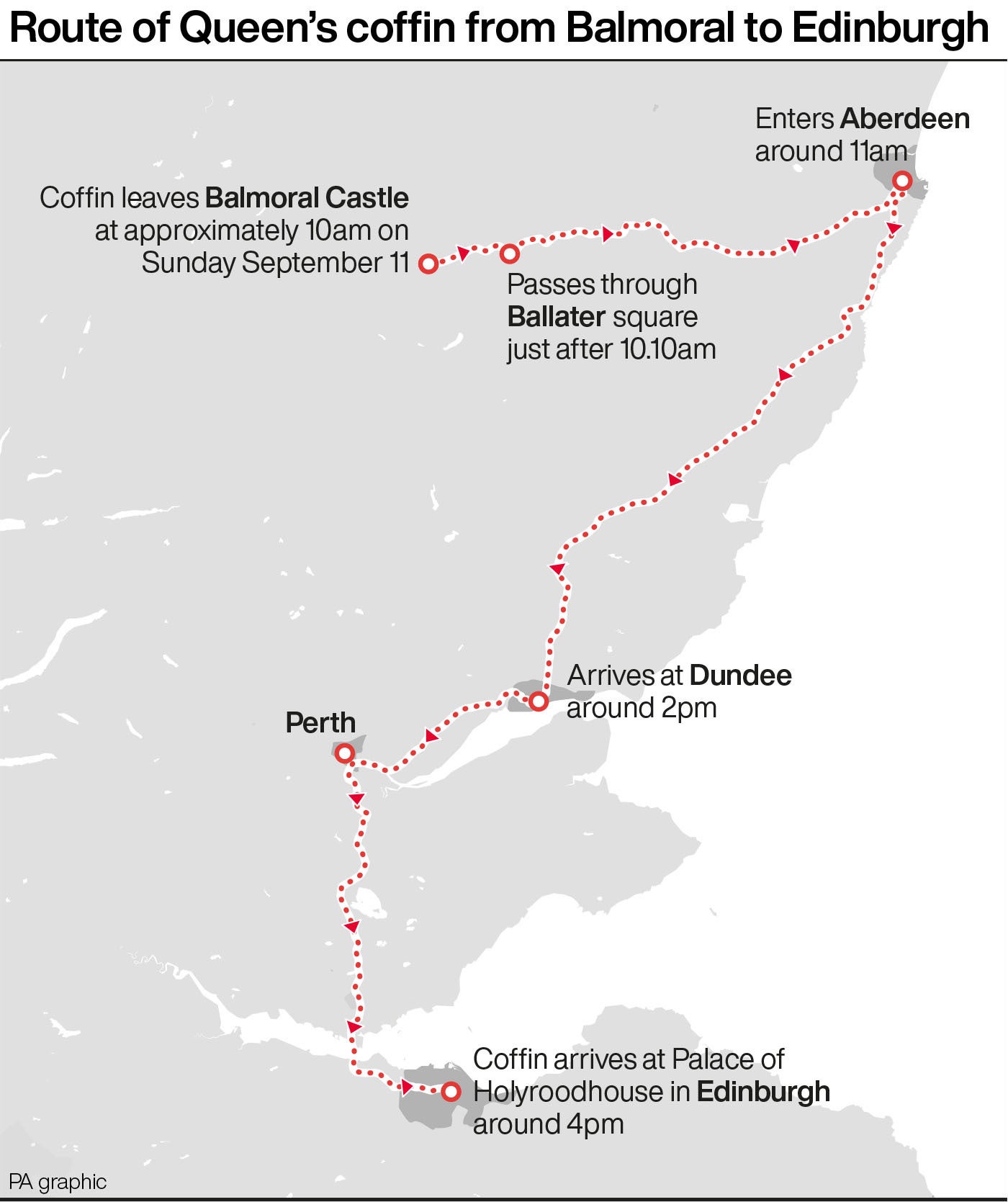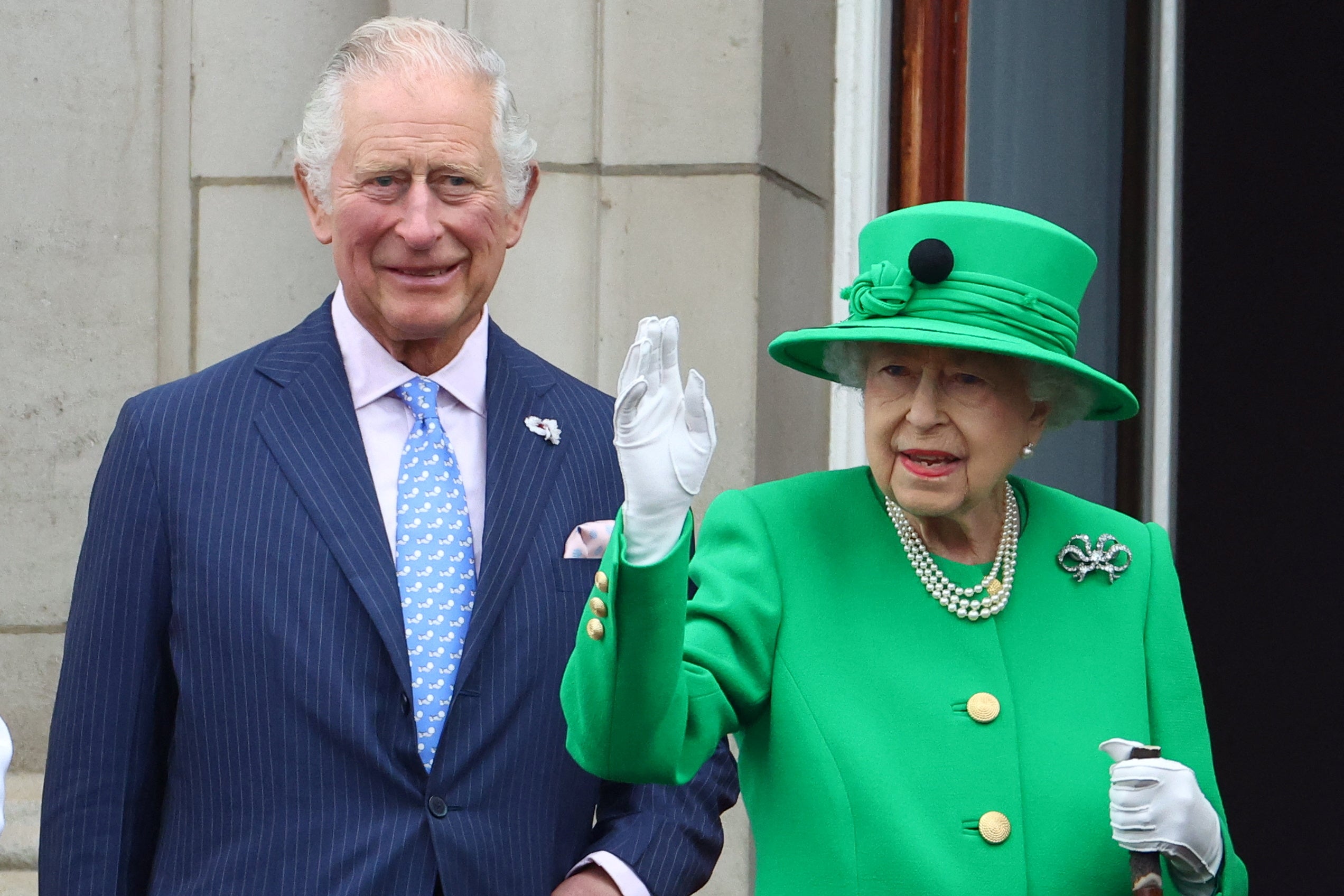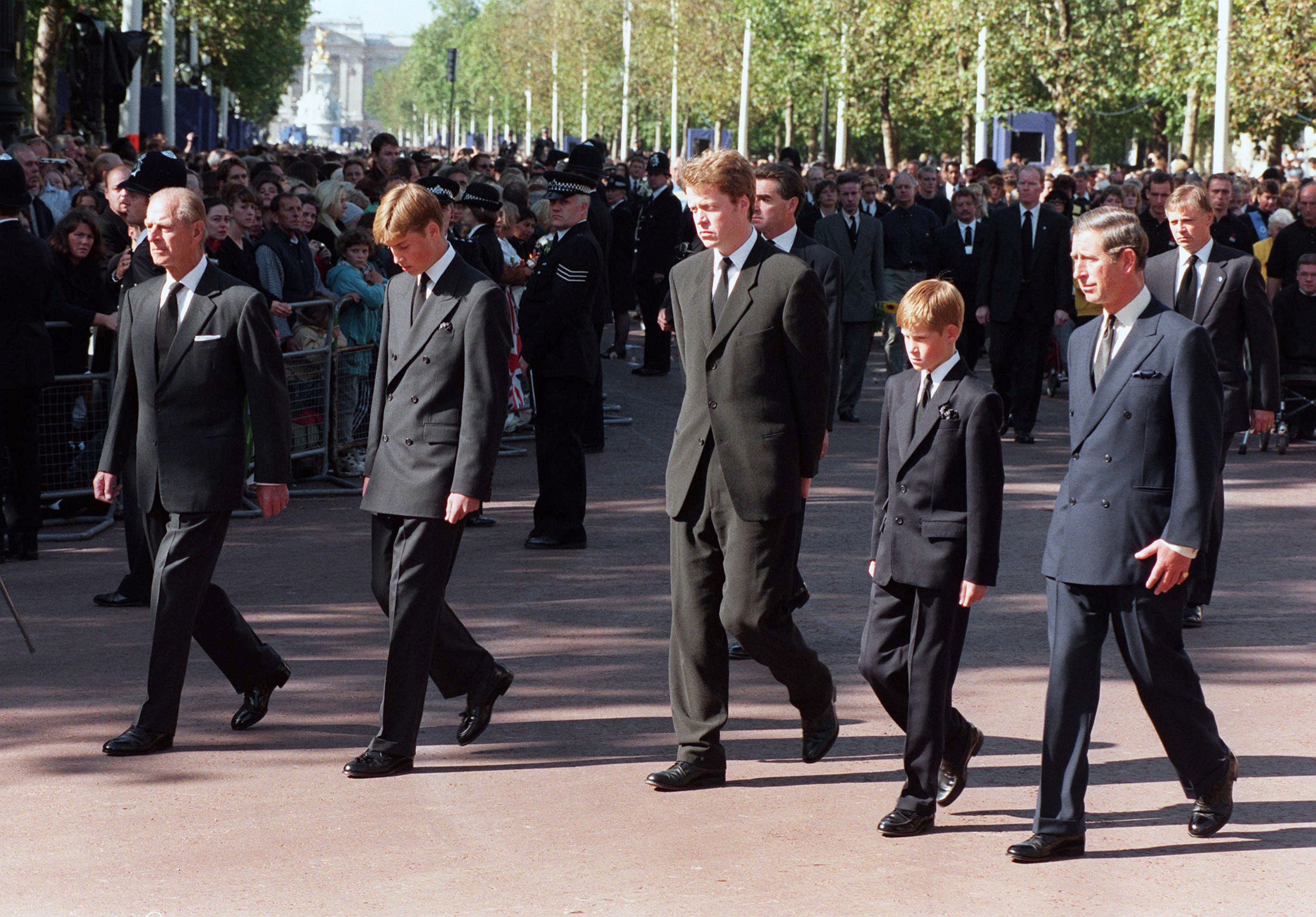What happens next after Queen’s death? A day-by-day schedule
The Queen’s funeral will take place in London on Monday, September 19, which is a public holiday
Your support helps us to tell the story
From reproductive rights to climate change to Big Tech, The Independent is on the ground when the story is developing. Whether it's investigating the financials of Elon Musk's pro-Trump PAC or producing our latest documentary, 'The A Word', which shines a light on the American women fighting for reproductive rights, we know how important it is to parse out the facts from the messaging.
At such a critical moment in US history, we need reporters on the ground. Your donation allows us to keep sending journalists to speak to both sides of the story.
The Independent is trusted by Americans across the entire political spectrum. And unlike many other quality news outlets, we choose not to lock Americans out of our reporting and analysis with paywalls. We believe quality journalism should be available to everyone, paid for by those who can afford it.
Your support makes all the difference.The Queen’s lying in state will begin on Wednesday in Westminster Hall – Operation Marquee – following a ceremonial procession through London. It will last four full days.
The King will be joined by his sons the Prince of Wales and Duke of Sussex as they walk behind the Queen's coffin from Buckingham Palace.
Thursday 8 September would traditionally have been D-Day or D+0 in the plan but the announcement came late in the day – at around 6.30pm – meaning Friday was considered as D+0 to allow the complex arrangements to be put in place.
Here is the day-by-day account of what is expected to happen next, leading up to the Queen’s funeral in around nine days.
The funeral date of Monday, September 19 will be a public holiday in the form of a Day of National Mourning.
D+1 – Saturday 10 September
The new King was formally proclaimed as the new sovereign at an Accession Council in the State Apartments of St James’s Palace at 10am in a ceremony that was televised for the first time.
First, the Privy Council gathered without the King to proclaim the new monarch and arrange business relating to the proclamation.
Then Charles held his first Privy Council, accompanied by Camilla – the new Queen Consort – and Prince William who are also privy counsellors, and made his personal declaration and oath.

The first public proclamation of the new sovereign was read at 11am in the open air from the Friary Court balcony at St James’s Palace by the Garter King of Arms.
Proclamations were made around the city and across the country.
Union flags went back up to full-mast at 1pm and remained there for 24 hours to coincide with the proclamations before returning to half-mast.
Charles also held audiences with Prime Minister Liz Truss and the Cabinet.
D+2 – Sunday 11 September
The Queen’s coffin left Balmoral Castle at 10am and is being driven through the Scottish countryside by road to the Palace of Holyroodhouse in Edinburgh.
Proclamations will be read in the Scottish, Welsh and Northern Ireland devolved parliaments in Edinburgh, Cardiff and Belfast.

D+3 – Monday 12 September
Procession expected along the Royal Mile to St Giles’ Cathedral. Service and the Vigil of the Princes by members of the royal family.
The public may get the chance to file past the Queen’s coffin at a mini lying in state in St Giles’.

The House of Commons and the House of Lords are expected to come together in Westminster for a Motion of Condolence, which the King is expected to attend.
After leaving England and visiting Scotland, Charles will at some stage travel to the other countries of the UK – Wales and Northern Ireland – known as Operation Spring Tide.
D+4– Tuesday 13 September
Coffin expected to be flown to London. Expected to be at rest at Buckingham Palace.
A rehearsal for the procession of the coffin from Buckingham Palace to the Palace of Westminster takes place.
D+5 – Wednesday 14 September
The Queen’s lying in state is expected to begin in Westminster Hall – Operation Marquee – following a ceremonial procession through London. It will last four full days.
Charles, William and Harry - along with the Duke of York, the Princess Royal and the Earl of Wessex - will follow the coffin on foot as it makes its journey.
Anne’s son Peter Phillips and her husband Vice Admiral Sir Tim Laurence will also walk in the procession, as well as the Duke of Gloucester and the Earl of Snowdon. The Queen Consort, the Princess of Wales, the Countess of Wessex and the Duchess of Sussex will travel by car.
The Archbishop of Canterbury will conduct a short service following the coffin’s arrival.

Hundreds of thousands of people will file past the coffin on its catafalque and pay their respects, just as they did for the Queen Mother’s lying in state in 2002.
The management of the queues outside is Operation Feather.
During the Covid-19 crisis, plans included the possibility of the introduction of timed ticketing for those wanting to attend.
Senior royals are also expected to pay their own moving tribute, standing guard at some stage around the coffin – the tradition known as the Vigil of the Princes.
D+6 – Thursday 15 September
Lying in state continues and a rehearsal is likely to take place for the state funeral procession.
D+7 – Friday 16 September – Sunday 18 September
Lying in state continues, ending on D+9. Heads of state begin to arrive for the funeral.
D+10 – Monday 19 September
The Queen’s state funeral is expected to take place at Westminster Abbey in central London.
The original plans are for the Queen’s coffin to process on a gun carriage to the abbey, pulled by naval ratings – sailors – using ropes rather than horses.
Senior members of the family are expected to follow behind – just like they did for the funeral of Diana, Princess of Wales and the Duke of Edinburgh.
The military will line the streets and also join the procession.

Heads of state, prime ministers and presidents, European royals and key figures from public life will be invited to gather in the abbey, which can hold a congregation of 2,000.
The service will be televised, and a national two minutes’ silence is expected to be held.
The same day as the funeral, the Queen’s coffin will be taken to St George’s Chapel at Windsor Castle for a televised committal service.
Later in the evening, there will be a private interment service with senior members of the royal family.
The Queen’s final resting place will be the King George VI memorial chapel, an annex to the main chapel – where her mother and father were buried, along with the ashes of her sister, Princess Margaret.
Philip’s coffin will move from the Royal Vault to the memorial chapel to join the Queen’s.